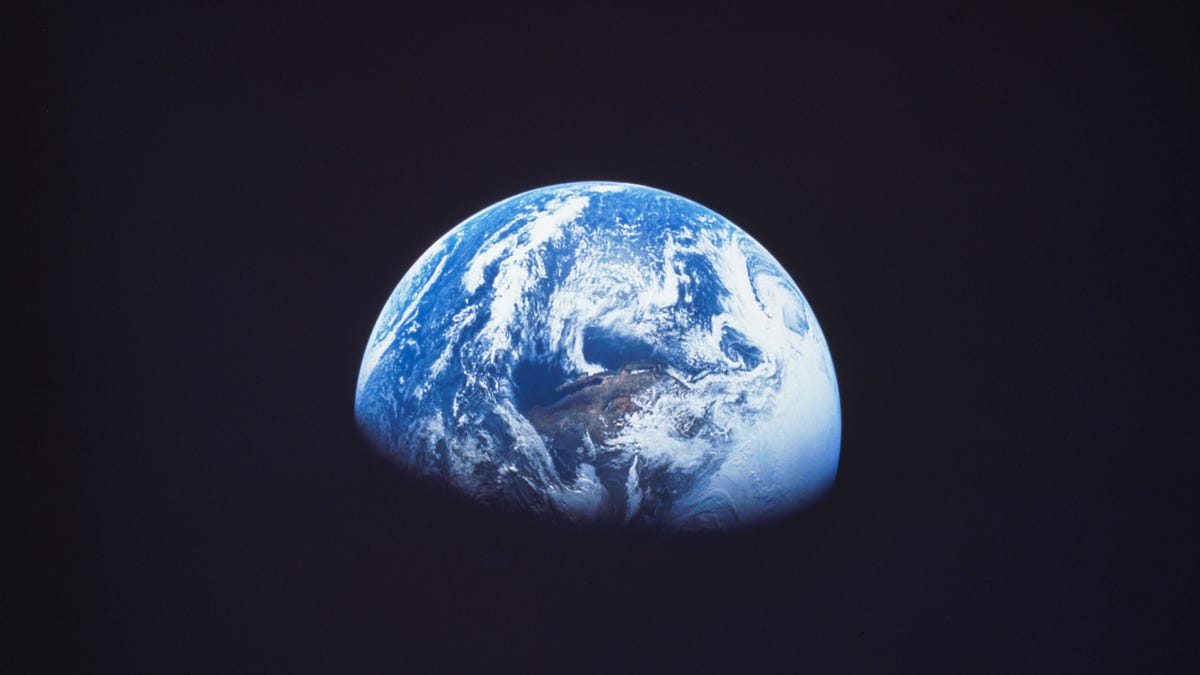Tectonic plates might be older than we originally thought, Yale scientists say
A tectonic plate never reveals her age.

We hope we look that good in 4.4 billion years.
The metaphorical birth certificate for the earth's tectonic plates might be in need of an edit. Yale geophysicists have found that the planet's plates may have been in place about 4.4 billion years ago -- at least a billion years earlier than was previously thought, according to a release from the university on Wednesday.
Tectonic plates are the pieces of the Earth's crust and upper mantle that shaped the landmasses we know today, and influence geological events like earthquakes and volcanoes.
Jun Korenaga, a Yale professor of earth and planetary sciences, and Yale graduate student Meng Guo detailed their evidence of earlier continental growth in a new study published in the journal Science Advances. The research duo created a geochemical simulation of early Earth based on the element argon, an inert gas that land masses expel into the atmosphere.
"Because of the peculiar characteristics of argon, we can deduce what has happened to the solid Earth by studying this atmospheric argon," Korenaga said in the release. "This makes it an excellent bookkeeper of ancient events."
Read more: 7 best stargazing apps for spotting constellations in the night sky

